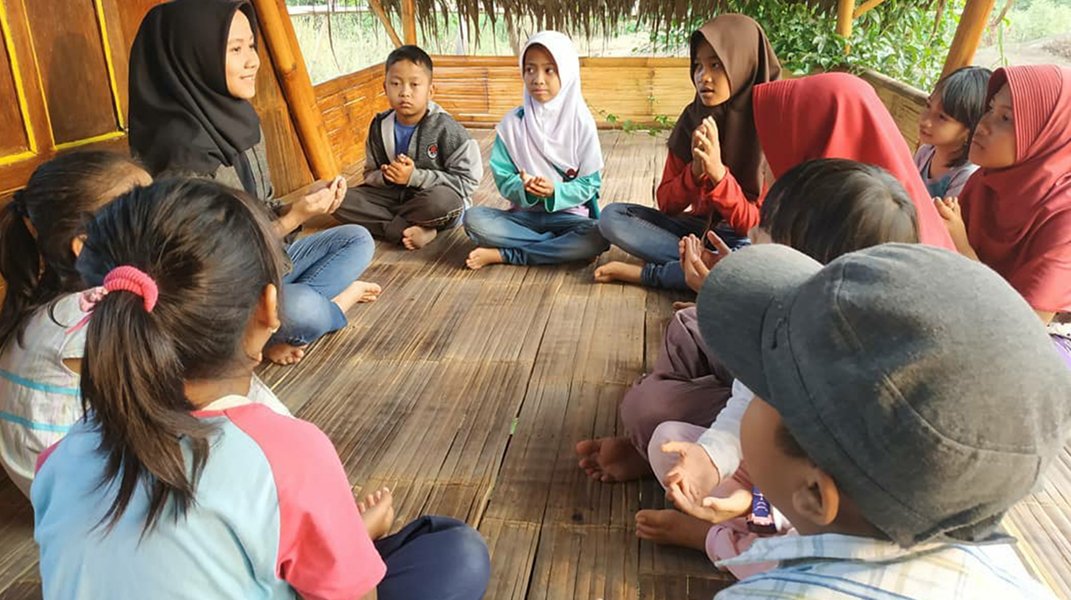Education for a Better World
Empowering Minds, Transforming Lives, Shaping the Future
At UNESCO, we believe education is the cornerstone of global peace and sustainable development. Our mission is to ensure that every individual has access to quality education, fostering personal growth and societal progress. Through our various programs, we aim to eradicate illiteracy, promote lifelong learning, and empower learners to become agents of change in their communities.
Our Key Educational Initiatives

Education for Sustainable Development
We empower learners to make informed decisions and take responsible actions that contribute to environmental sustainability and social equity.

Global Citizenship Education
Our programs foster a sense of belonging to a broader community and promoting values such as respect, diversity and civic responsibility.

Literacy and Lifelong Learning
We ensure that all individuals, regardless of age or background, have the opportunity to continue learning throughout their lives.

Our Focus Areas
Inclusive Education:
- We strive to eliminate barriers to education, ensuring that marginalized and vulnerable populations have access to quality learning opportunities.
Teacher Development:
- We support the continuous professional development of educators to enhance the quality of teaching and learning worldwide.
Digital Learning:
- We promote the integration of technology in education to broaden access and improve learning outcomes.
Youth and Adult Literacy:
- We empower both youth and adults with essential literacy skills, fostering lifelong learning and enabling full participation in society.
Join Us in Making a Difference
Education is a shared responsibility. Explore how you can contribute to our mission and help shape a better future for all.
